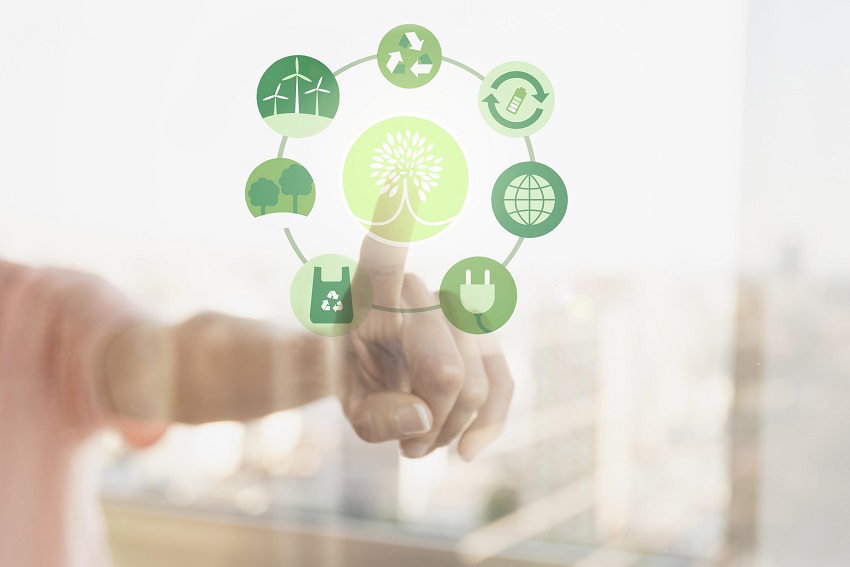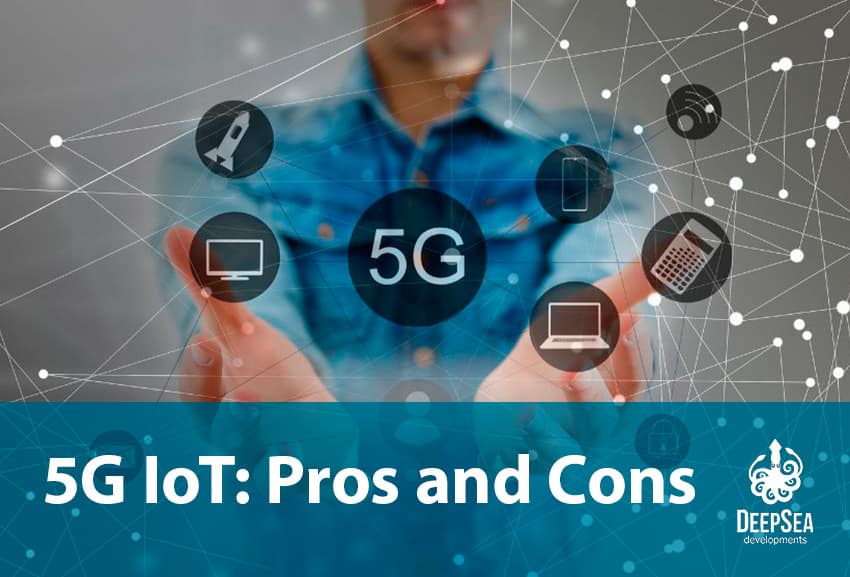The Internet of Things and the environment may look like a weird combination, but it isn’t. As connectivity advances in the world, the necessity for analyzing the environment grows, since humans are contaminating more each day, and it is crucial to measure how we can reduce the impact of our actions and modern lifestyle on the environment. Find out in this article some benefits and applications of IoT in the environment.
Air quality monitoring
A conference about air pollution in the world was held in 2018. The participants acknowledged the urgent need to implement immediate actions to prevent a high number of deaths and diseases from air pollution in the long term. Many countries have committed to reducing emissions by 2030.
Though there is a lot to be done in this area, IoT is an ally in air monitoring, since sensors installed around the cities can measure changes in the environment and the quality of air. When there are excessive levels of carbon monoxide, nitrogen dioxide, and sulfur dioxide, these sensors can alert the citizens through apps on their phones about potential risks for their health, and suggest recommendations to stay home to avoid respiratory diseases.
IoT in environment is saving endangered species
IoT doesn’t only mean wearables and smartwatches. This technology has expanded to a sector we all must care about, the environment. IoT in environment is being used for the benefit of wildlife conservation; the Internet of Things has become useful in different countries to monitor and protect endangered animals.
How can this be done? Different organizations are using IoT to deploy wireless sensors in remote areas. This strategy allows keeping control of endangered species and their environment with the use of technology.
The wireless sensors can provide useful information such as real-time data analysis, notify about potential hunters, or other scenarios where humans can harm the environment of these animals.
For example, in South Africa, investigators are using IoT collars to monitor the health of rhinoceros. This is a species that has a critically low population number due to illegal hunting. Through the Internet of Things, investigators can monitor the heart rate of the rhinoceros and their location. This is useful to take action when there is a health problem or possible dangerous situation for these animals.
According to NEC, “More recently IoT networks to protect rhinos are evolving to become more intelligent. On the Welgevonden Game Reserve in South Africa, Zebras are being fitted with IoT sensors as well using LoRA and 3G/4G in partnership with a local mobile operator. Zebra herds react differently to humans and natural predators, and by monitoring herd movements, park rangers are able to determine when poachers might be near and act proactively as opposed to reactively using Big Data Analytics. Going forward technologies such as drones, gunshot sensors, and AI are expected to make this solution even more robust.”
Among IoT applications in the environment, it is being used to monitor Honeybees. Sensors are being installed in hives to keep track of aspects such as temperature, a vibration of the bees, humidity, among others. Believe it or not, bees are in danger, and they are really important for humankind. If bees disappear, humans may starve to death in several years; since there won’t be more pollination and plants won’t grow, that means no food for us.
As you can see, the Internet of Things brings a lot of possibilities in relation to protecting endangered animals and their environment. The same applications are being carried out with animals that live underwater, and birds.
IoT for protection of the environment
Thanks to IoT environmental monitoring, it is easier to gather information on how natural resources are being used and avoid their misappropriation. Also, companies are able to gather information on chemicals that can be used or not to avoid affecting the soil in the long term.
For example, through sensors, agriculture companies can measure how much water is really necessary to use for their crops, or when it is necessary to apply different chemicals according to the status of the land, potential plagues, or weather conditions.
Air quality monitoring is another benefit of IoT in the environment since it
can be monitored thanks to devices located in different areas of a city. Thanks to AI, big data, and machine learning, the local authorities can propose strategies to improve the air quality and avoid potential diseases for animals and humans (asthma, or other respiratory diseases).
These strategies could include restrictions on car mobility, fines for companies that are contaminating the air, or promoting cleaner technologies to protect the air quality.
The environment and IoT also make a great combination to manage waste in smarter ways. The human population generates more waste than ever, and we need to use technology to keep control of waste collecting, recycling, and its location.
Cities also need to contribute to taking care of the environment. Through the implementation of smart homes, people can monitor how much energy is being wasted on heating an empty house, or leaving home appliances turned on when nobody is using them.
The fires that are generated in the forest cause a lot of damage to the animals and affect plenty of systems (productive and non-productive). The soil loses its structure, the moisture retention is also affected, making the land susceptible to erosion, and therefore, it loses its ability to grow plants.
Through the use of IoT, there is the possibility to install sensors that can send an alert when there are weather conditions that contribute to causing a fire. Also, these sensors can monitor when the fire is started by humans and take immediate actions to put it off.
Companies that are proposing IoT applications for the benefit of the environment
A company called Nest Labs is selling smart thermostats that learn what is the favorite temperature of its users, and it creates automated schedules taking into account its use and different times of the day. This company states that since 2011, this technology has saved billions of kilowatt hours of energy in millions of homes worldwide.
Sensus is another company that provides smart technology to improve light and gas management in universities, and houses; they contribute to smart cities.
Itron, an utilities company uses their IoT devices to manage and analyze water and energy use in the houses. The gathered information is sent to smartphones and tablets.
Finally, we would like to mention the startup Artveoli. This company created an air panel device that removes carbon dioxide and converts it into oxygen using algae cells. This panel looks like a painting, so it can be located in different places of a house or office. The benefit of this IoT device for the environment is that it creates fresher air.
We hoped you liked this article. At DeepSea Developments we believe that we can find creative ways to build new devices. If you need IoT product development consultancy for a project focused on the environment, contact us, and we will help you build it.





